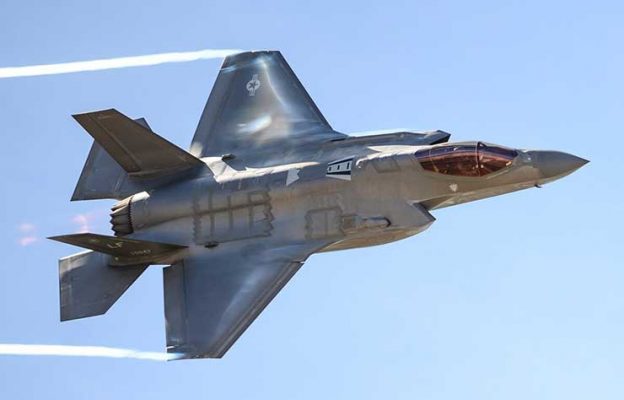
Wanshington: The problem of risks damage to the F-35’s tail section to maintain supersonic speeds is not worth fixing but will be done by changing the operating parameters, the F-35 Joint Program Office said in a statement on April 24.
The deficiency, meant that at extremely high altitudes, the US Navy’s and Marine Corps’ versions of the F-35 jet can only fly at supersonic speeds for short bursts of time before there is a risk of structural damage and loss of stealth capability.
The problem may make it impossible for the US Navy’s F-35C to conduct supersonic intercepts.
“This issue was closed on December 17, 2019 with no further actions and concurrence from the US services,” the F-35 JPO statement read. “The [deficiency report] was closed under the category of ‘no plan to correct,’ which is used by the F-35 team when the operator value provided by a complete fix does not justify the estimated cost of that fix.
“In this case, the solution would require a lengthy development and flight testing of a material coating that can tolerate the flight environment for unlimited time while satisfying the weight and other requirements of a control surface. Instead, the issue is being addressed procedurally by imposing a time limit on high-speed flight,” the statement said.
The potential damage from sustained high speeds would influence not only the F-35’s airframe and the low-observable coating that keeps it stealthy, but also the myriad antennas located on the back of the plane that are currently vulnerable to damage, according to the documents.
For the F-35, as opposed to the F-22 where supersonic flight is baked into its tactics, the ability to fly supersonic is more of a “break glass in case of emergency” feature, said Bryan Clark, an analyst with the Hudson Institute and a retired naval officer.








